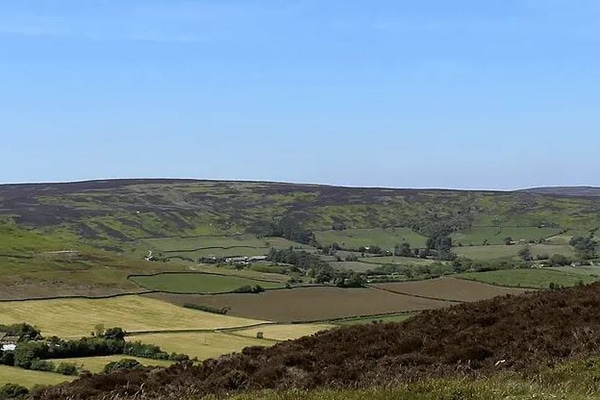
Sporting rates in Scotland
Business rates were reintroduced for sporting rights in the Land Reform (Scotland) Act 2016.
Get information on the legal shooting season for mammals and birds in the UK.
Learn about our current conservation projects and how you can get involved.
Comprehensive information and advice from our specialist firearms team.
Everything you need to know about shotgun, rifle and airgun ammunition.
Find our up-to-date information, advice and links to government resources.
Everything you need to know on firearms law and licensing.
All the latest news and advice on general licences and how they affect you.
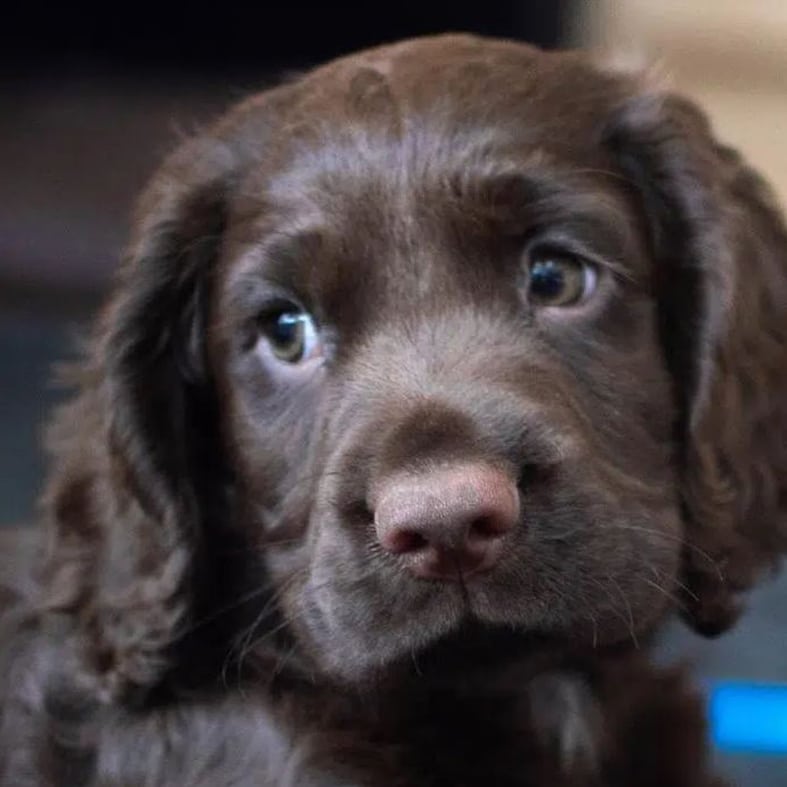
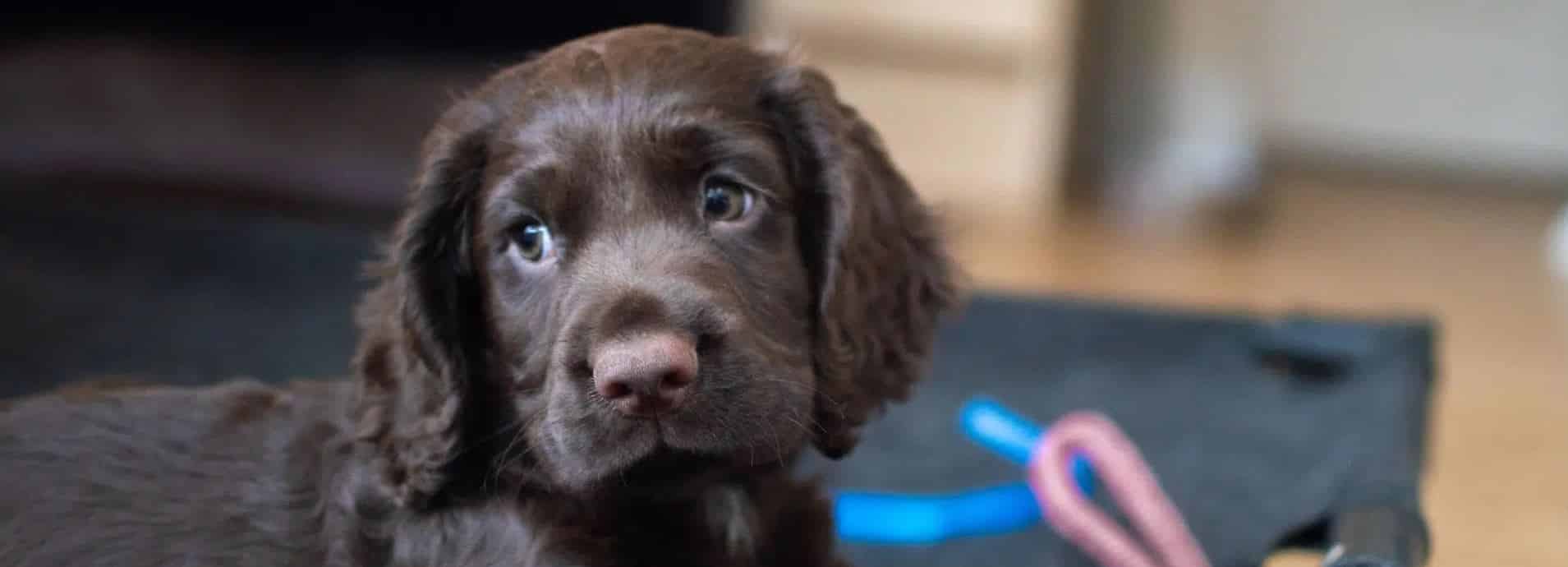
Scotland Tail docking in Scotland
Tail docking or tail shortening in some working gundogs, primarily cocker and springer spaniels, and the hunt, point, retrieve (HPR) breeds, should be seen in the same light as a preventative treatment.
While not all of the pups would go on to get tail damage, the level of chronic discomfort and pain to those dogs that do become damaged is debilitating.
Modern veterinary treatments may reduce the problem of infection, inflammation and pain, but the dog appears to continue with some level of discomfort until the tail either heals completely or is amputated.
The prevention of tail damage is by tail docking pups from the working breeds that are destined for working homes in the first few days of life.
The procedure must be carried out by a veterinary surgeon, who will complete a certificate for each pup.
After thorough disinfection the tail is cut either with scissors or a scalpel blade, then the bleeding may be cauterised or the skin sutured over. The nerve supply seems very poorly developed at this age, so local anaesthetic is rarely used.
It is always quick, and the pups are returned to their littermates where they settle within seconds. Prevention of tail damage is far better than trying to treat a chronic tail injury in an adult dog.
Different laws in the devolved administrations has resulted in a level of confusion on the matter of tail docking. The breed specifics and type of work differ between England, Wales and Scotland.
The recently changed law in Scotland (June 2018) now permits ‘tail shortening by a third’ for the ‘lawful shooting of animals’. The law permits this procedure for spaniels or any mix of breeds of spaniels (i.e. sprockers) and HPR breeds and any mix of hunt, point, retrieve breeds.
The procedure must be undertaken by a veterinary surgeon on pups aged five days or less. Evidence must be produced to indicate that the puppies are intended for the ‘lawful shooting of animals’, and a certificate is required for each puppy tail docked. The dam’s microchip number is required for the certificate, and the pups may be ‘chipped’ at the same time as tail shortening.

Business rates were reintroduced for sporting rights in the Land Reform (Scotland) Act 2016.
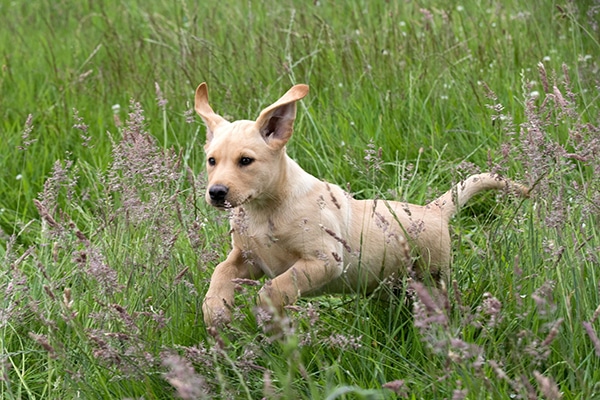
Microchipping is compulsory for all dogs over 8 weeks old in the UK and any owners whose dog is discovered not to be microchipped face criminal prosecution and a £500 fine.
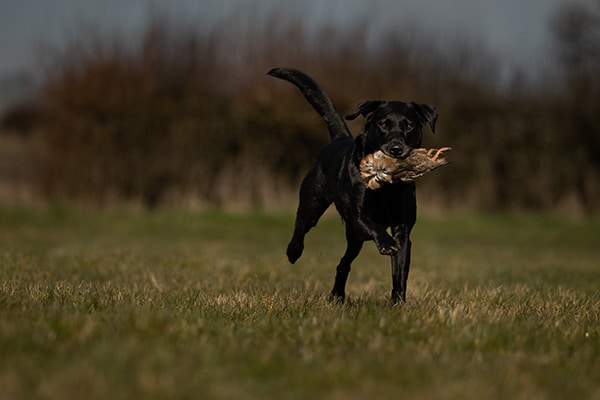
The key to training a gundog is to make sure that training sessions are enjoyable for both you and your dog.
Sign up to our weekly newsletter and get all the latest updates straight to your inbox.
© 2023 British Association for Shooting and Conservation. Registered Office: Marford Mill, Rossett, Wrexham, LL12 0HL – Registered Society No: 28488R. BASC is a trading name of the British Association for Shooting and Conservation Limited which is authorised and regulated by the Financial Conduct Authority (FCA) under firm reference number 311937.
If you have any questions or complaints about your BASC membership insurance cover, please email us. More information about resolving complaints can be found on the FCA website or on the EU ODR platform.
This website uses cookies so that we can provide you with the best user experience possible. Cookie information is stored in your browser and performs functions such as recognising you when you return to our website and helping our team to understand which sections of the website you find most interesting and useful.
Strictly Necessary Cookie should be enabled at all times so that we can save your preferences for cookie settings.
If you disable this cookie, we will not be able to save your preferences. This means that every time you visit this website you will need to enable or disable cookies again.
This website uses Google Analytics to collect anonymous information such as the number of visitors to the site, and the most popular pages.
Keeping this cookie enabled helps us to improve our website.
Please enable Strictly Necessary Cookies first so that we can save your preferences!
More information about our Cookie Policy